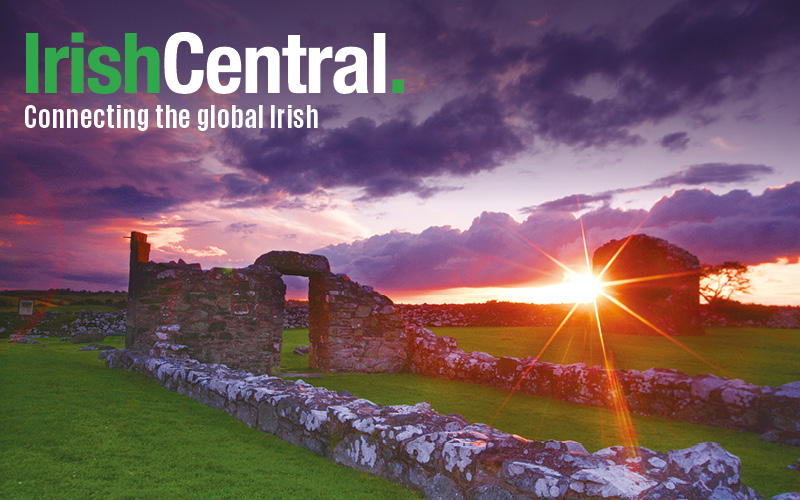The number of divorced people in Ireland has more than doubled in the last 10 years – and the figure is rising.
Results just published from the most recent census in 2011 show that 87,770 people are now legally divorced.
That’s up from the 35,059 listed as divorced in the census carried out in 2002.
This is the first official census since divorce was legalised in Ireland.
The website www.thejournal.ie reports that the number of people who identified themselves as separated in the 2011 census was 11,194, up marginally from the 2002 figure of 107,263.
More women than men were listed as separated or divorced in the census which says there are 65,361 separated women compared with 50,833 separated men. The census recorded 49,685 divorced women compared with 38,085 divorced men.
The report states that the marital breakdown rate, calculated as the number of separated and divorced persons as a proportion of those who were ever married, rose from 8.7 per cent in 2006 to 9.7 per cent in 2011.
Marital breakdown is highest in Limerick city (13.5 per cent) with Waterford city second at 12.5 per cent and Dublin city third on 12.4 per cent.
The areas with the lowest rates for divorce were Cavan on 8.2 per cent, Limerick county on 7.9 per cent and Galway county on 7.5 per cent.
Remarriages have doubled from 21,400 in 2002 to 42,960 in 2011 with 24,079 men remarrying compared to 18,881 women.
The report states that percentage of single people over the age of 15 fell from 43.1 per cent in 2006 to 41.7 per cent in 2011.
Single men accounted for 44.3 per cent of that figure with women on 39.2 per cent.
The census found a higher proportion of single people in urban at 45.2 per cent than in rural areas, at 35.8 per cent.
Among other highlights of the census is the fact that Ireland’s population continues to grow.
The population is 348,404 from the 2006 figure to 4,588,252, an 8.2 per cent increase.
The number of non-nationals living in Ireland is up by 124,624 people to 544,357.
Other interesting figures according to www.thejournal.ie include:
There are slightly more women than men living in Ireland (98.1 men for every 100 women). The ratio in 2006 was 100.1 men for every 100 women.
Divorce is up – the number of divorced people in Ireland has increased by 150.3 per cent since 2002.
17 per cent of the population was born outside Ireland – that’s an increase of 25 per cent on 2006.
Half a million people living in Ireland speak a foreign language at home – the most popular were Polish, followed by French, then Lithuanian and German.
Over half the total population of Ireland lives in Leinster.
There was an increase of almost a third from 2006 to 2011 in the number of people who denoted themselves as Travellers on the Census. There is, however, a drop in the number of Travellers living in mobile homes.
Almost 475,000 households were living in rented accommodation. In 2006, it was 300,000.
The average weekly rent in Ireland dropped by 1 per cent from 2006 to 2011. Yes, 1 whole per cent.
70 per cent of rural households use oil to heat their homes; 52 per cent of urban homes use natural gas; 4 out of 5 of all households use some type of fossil fuel to heat their home.
There were almost 290,000 homes vacant on Census night, equating to 14.5 per cent of all housing stock
Leitrim and Donegal have the highest stock of vacant properties, at 30 and 29 per cent respectively.
Nearly 28 per cent of Irish people over the age of 65 live alone.
Almost 37 per cent of those over 75 live alone and over 44 per cent of those aged 85 and up live alone. Two thirds of all over 65s who live alone are women.
Men are living longer – in the over-70 age group, the number of men is growing faster than the number of women.
The number of single people over the age of 15 has fallen slightly from 43.1 per cent in 2006 to 41.7 per cent in 2011.
There are more single people over the age of 15 living in urban areas than in rural areas. (45 per cent versus 36 per cent)
People are having fewer children – the average number of children per family in 2006 was 1.41; in 2011, it was 1.38.
Around 1.77 million people said they could speak some Irish (although only 1 in 3 of 10-19 year olds said they could). But only 1.8 per cent of the population over the age of three said they spoke Irish daily, outside of the school curriculum. In Gaeltacht areas, 35 per cent of people spoke Irish daily outside of school (of the population who actually can speak Irish; of the total population in the Gaeltacht, it is 24 per cent).
There has been an increase of 45 per cent in people saying they have no religion (that’s 269,800 in 2011 vs 186,300 in 2006) – the age group with the biggest proportion to mark this option was in the 25-29 year old age range. There is also a section marked ‘not stated’ which features 72,900 people – that was 70,300 in 2006.
There were in fact more people identifying themselves as Roman Catholic in 2011 (3.68m in 2006; 3.86m in 2011). Church of Ireland is the next biggest religion – 129,000 people; with Muslims numbering 49,200 (up from 32,600 in 2006).
Louth has the highest proportion of Roman Catholics; the Dun Laoghaire/Rathdown area has the lowest.
Almost 20,000 Irish people returned to Ireland in the 12 months prior to the Census in April 2011.
Polish people have overtaken UK nationals as the largest non-Irish group living in Ireland.




Comments